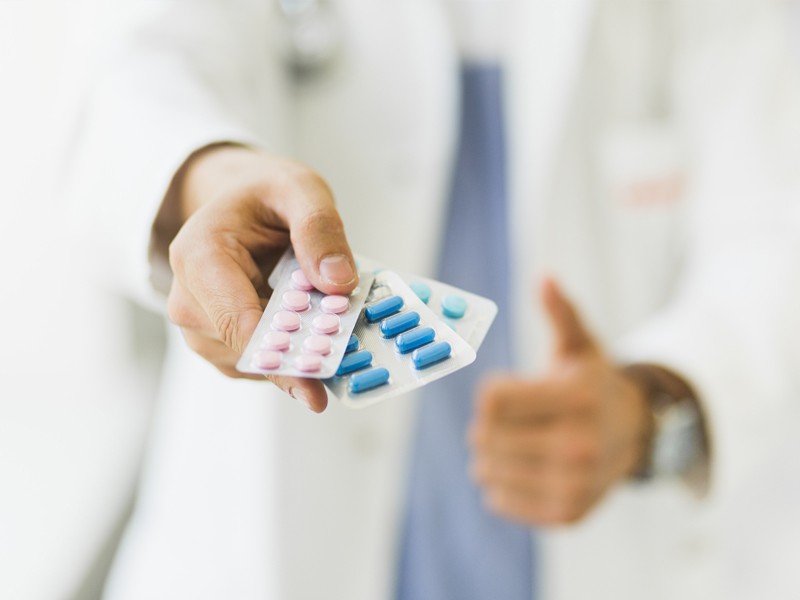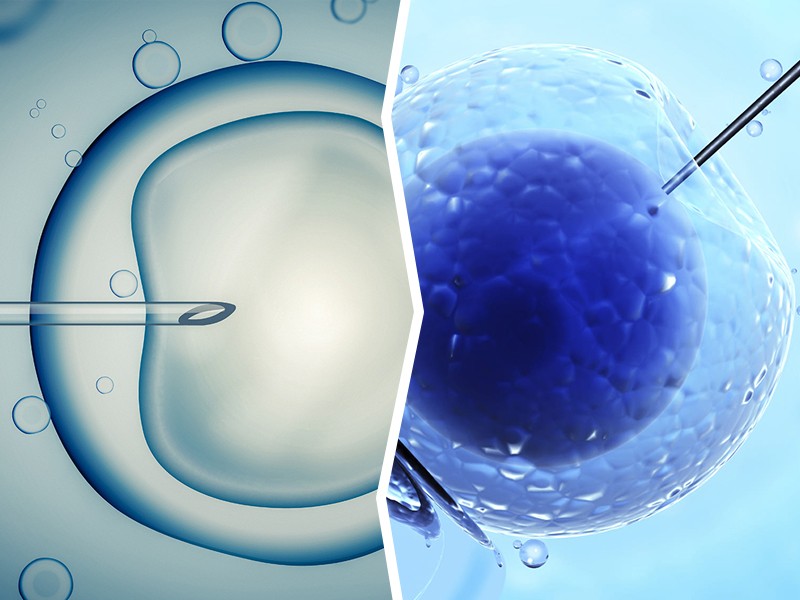Peculiarities of IVF protocols of ovarian stimulation
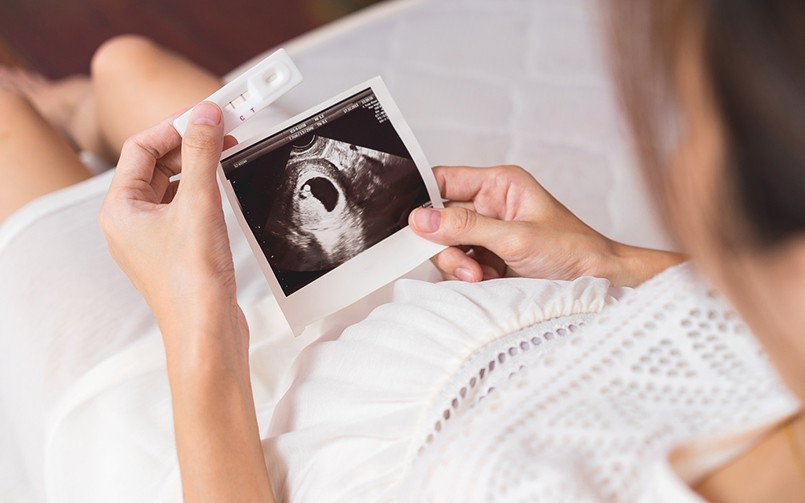
Thanks to advances in modern reproductive medicine and methods of artificial insemination in particular, many couples who have been suffering from infertility for many years get a chance to have children. VittoriaVita – the leading surrogacy agency in Ukraine, that offers modern methods of infertility treatment, among which are different types of IVF protocols.
IVF protocols are different hormone regimens, which are selected for each woman individually, taking into account the characteristics of the organism, medical indications and other factors.
Protocols for in vitro fertilization differ only in the algorithm of actions up to the moment of receiving the eggs, after the oocyte retrieval they all develop the same way.
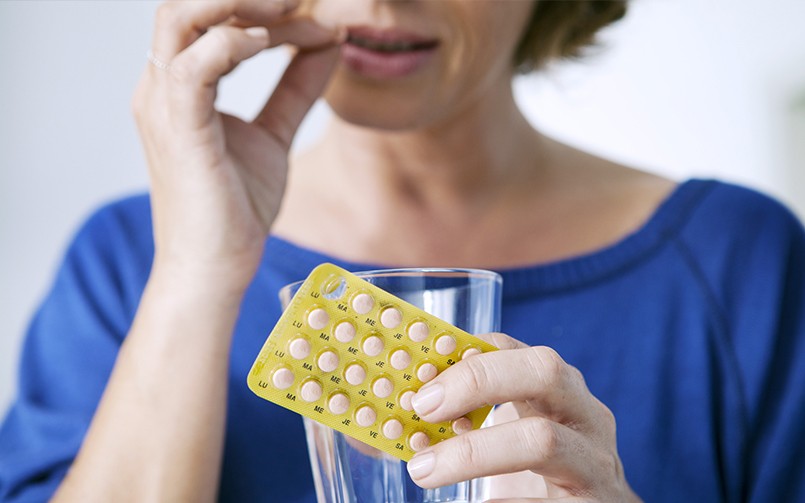
Depending on the type and combination of the steps of artificial insemination, also the kind and dosage of hormonal drugs, there are several types of IVF protocols.
Types of protocols
There are several types of ovarian stimulation protocols for in vitro fertilization:
- Natural cycle IVF does not require the use of hormonal drugs. Doctors control the process of follicle maturation using ultrasound. In order not to miss ovulation, ultrasound can be done up to 2 times a day;
- The long protocol IVF would begin with the stimulation before the menstrual cycle and proceeds in several stages;
- The IVF Antagonist Protocol;
- The short protocol assumes the start of stimulation in the first days of the cycle;
- IVF in a spontaneous cycle;
- The ultrashort protocol (Japanese) ovarian stimulation is carried out in the shortest period possible. The main goal of this type of IVF is to avoid complications;
- Cryoprotocol – is any form of IVF which uses frozen embryos, eggs, sperm;
- Long with mild stimulation involves breaking down the process of stimulating ovulation into phases;
- Super-long protocol involves preparatory stimulation several months before the IVF procedure.
Superovulation – the most important stage of the artificial insemination process, because in this period the doctor collects mature eggs for their subsequent fertilization.
Let’s look at the main types of IVF protocols used in VittoriaVita in detail.
Antagonist protocol
The antagonist protocol is used for women with a “poor” body’s reaction to ovarian stimulation. This method of artificial insemination has many advantages:
- IVF success rates can be increased to 43–47%;
- low probability of miscarriage and missed abortion;
- no side effects;
- the opportunity to get mature high-quality oocytes and embryos without prolonged use of hormonal stimulation;
- the minimum number of injections, thereby reducing the duration of the course.
The essence of the method consists in the introduction of hormones into the woman’s body, specific hormones that control superovulation and prevent premature ovulation. For each patient, the antagonist dosage regimen is defined individually.
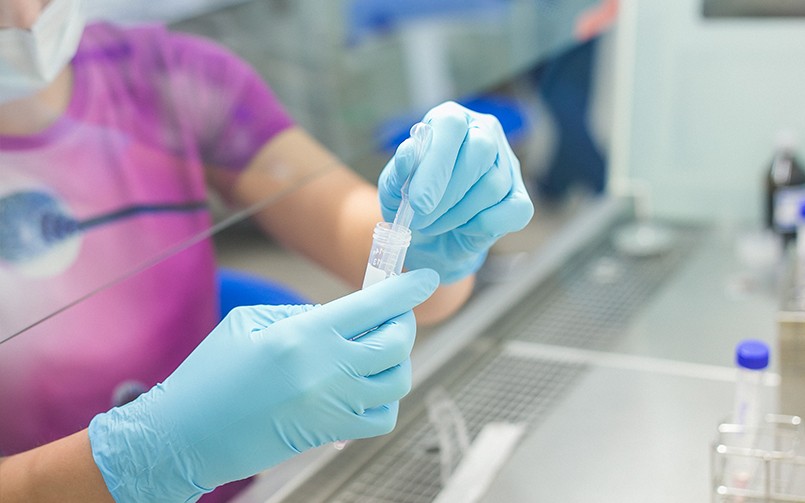
Natural cycle IVF
Natural cycle IVF is carried out without stimulation of the follicles. This is a gentle technique, in which medication drugs are almost never used. The method is suitable for women between the ages of 18 and 35 years with a regular menstrual cycle, which involves the maturation of the egg. The program is optimal for women who have had unsuccessful experience of artificial fertilization in the past. Other indications:
- high probability of ovarian hyperstimulation;
- fallopian tube obstruction;
- contraindications to hormone therapy;
- diseases that are contraindications to the use of alternative methods of artificial insemination.
Benefits of Natural cycle IVF:
- ovarian stimulation is not carried out;
- low risks of multiple pregnancies, since in most cases only one egg matures;
- affordable program cost;
- no risk of complications, associated with the use of hormonal drugs;
Requirements for the use of Natural cycle IVF:
- menstrual cycle about 28-35 days;
- ovulation (checked using ultrasound);
- sufficient number of eggs;
- medical evidence that a woman cannot conceive a child in a natural way.
Using ultrasound, doctor monitors the growth and maturation of the follicle. Ovarian puncture is performed under general anesthesia and supervised by ultrasound. On the same day, the partner provides his sperm, which is prepared for IVF. The egg is fertilized in the laboratory.
Then the embryo is transferred into the uterine cavity. Ten days after the transfer, a pregnancy test that detects hCG in the blood is carried out.
The short protocol
The short protocol almost corresponds to the menstrual cycle and lasts 4 weeks. Ovarian stimulation begins on the 3-5th day of the cycle and takes 10-12 days. Woman are assigned hormones that stimulate her ovaries. Ideally, both ovaries should be involved.
What is the difference between a short protocol and a long one? The long protocol IVF is divided into 2 phases: regulating and stimulating. In the short one – stimulation of ovulation begins right away.
Benefits of using the short protocol IVF
Short protocol IVF lasts 4-5 weeks. Let’s see the benefits of it:
- ovarian stimulation in a short time. The best option for couples who have had several unsuccessful attempts,
- does not provoke the development of ovarian hyperstimulation syndrome,
- low probability of side effects,
- doses of hormones are lower than with other types of IVF,
- relatively low cost of the procedure.
Main disadvantage – small chances of success, due to the small number of produced eggs and their uneven growth. A short protocol can be assigned to a patient with enough ovarian reserve at any age.
Indications and Contraindications
The short protocol IVF is prescribed in the following cases:
- the absence of female reproductive system diseases,
- regular cycle,
- sufficient ovarian reserve (basically – egg reserve),
- failed IVF attempts using other types of protocols.
In some situations the short protocol cannot be used:
- in case this is the first IVF attempt,
- poor ovarian reserve,
- in the presence of fibroids, endometriosis, various pathological conditions of the endometrium.
What does the preparation look like?
Before the procedure, the patient undergoes a comprehensive examination, which involves the following tests:
- general blood and urine tests,
- general gynecological examination,
- urethral, cervical, and vaginal swabs,
- STDs analysis,
- a pelvic ultrasound.
If necessary, woman is sent for consultation and examination to specific professionals. If diseases that interfere with IVF are diagnosed, artificial insemination is carried out after recovery or during a period of sustained remission.
The short protocol scheme
Let’s see the stages of IVF short protocol:
- starting from 2-3 days of the cycle until ovulation, hormonal drugs are administered to the patient,
- this is followed by the stimulation of superovulation and the control of the follicle maturation process using ultrasound,
- when the follicles reach the desired size, a special hormone is introduced to the woman, which stimulates the rupture of the follicle membrane and the timely release of the egg,
- 36 hours after drug administration ovarian puncture is performed. In parallel with this procedure, the spouse of the patient gives his sperm. Under normal spermogram indicators, previously frozen sperm can be used.
- artificial insemination is performed,
- embryos are cultured for 3-5 days, after which they are transferred to the uterus or they can be frozen for further preparation and transfer.
- maintenance therapy is carried out.
Ten days after the transfer, a pregnancy test that detects hCG in the blood is made. When pregnancy confirms, maintenance therapy continues until the end of the first trimester.
The long protocol IVF
Ovarian stimulation begins on the 19-22 day of the cycle and lasts 3-4 weeks. A high number of eggs is expected, therefore, one of the conditions for its implementation is an adequate follicular reserve. With the help of hormones, doctors achieve a complete stop of hormone production in a woman’s body, then an artificial hormone status is created and ovarian stimulation is performed.
The main advantage of the method is the ability to fully control the development of follicles. With the help of ovulation induction, a large number of high-quality eggs are obtained, which increases the likelihood of pregnancy.
Indications
Indications for using the long protocol:
- women age up to 30 years,
- hyperandrogenism,
- excess weight,
- myomas,
- polycystic ovary syndrome (PCOS),
- endometriosis.
This method is also recommended in cases where the eggs obtained in the short protocol were of poor quality.
The long protocol IVF scheme
This scheme looks like this:
- On the 19-21th day of the cycle, a woman is given a drug that stops the production of certain hormones in the body (blockade of the pituitary using antagonists).This allows you to plan all subsequent actions before IVF.
- Superovulation lasts an average of 2 weeks. After the follicles reach the desired size, a woman is injected with a hormone that stimulates the maturation of oocytes.
- The next stage is the puncture of follicles.
- Next is the procedure of artificial insemination.
- The cultivation of embryos in the laboratory.
- The best embryos are transferred to the uterus.
- Women are prescribed medicines to maintain the desired hormonal background.
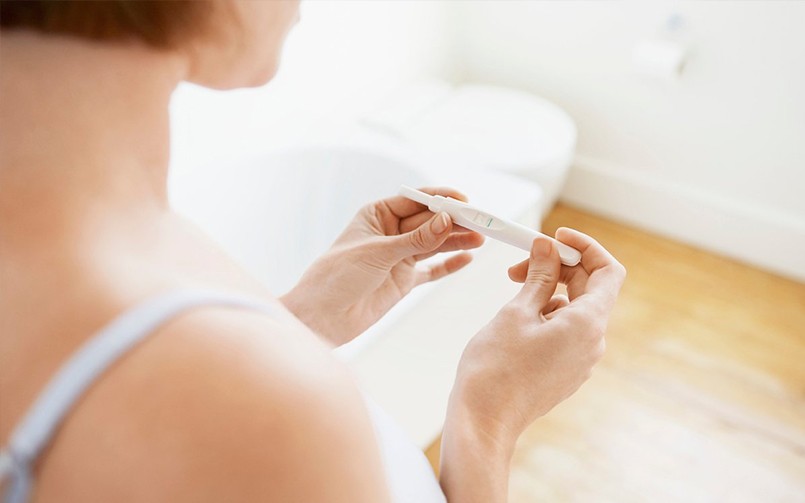
Ten days after the transfer, a pregnancy test that detects hCG in the blood is made. Timetable for taking hormones is prescribed strictly by day and time.
Women often ask how many IVF attempts are necessary in order to become pregnant. The chance of success depends on many factors, but this method remains one of the most effective in assisted reproductive technology.
We offer IVF programs from 5,000 to 11,000 Euros. Cost may vary depending on the need for additional procedures. We guarantee an individual approach to each patient to achieve the best results.
